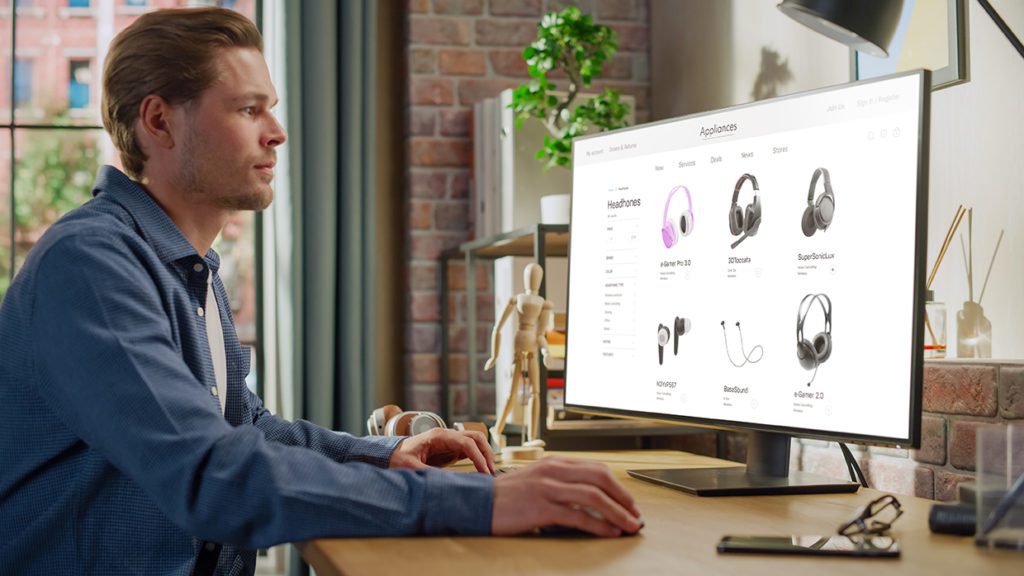Design isn’t just how your site looks: it’s how fast it loads, how easy it is to buy, how well it handles real people doing real things on real devices. If you’re running an ecommerce business, good design isn’t decoration. It’s infrastructure. It’s what moves products.
The best web design agencies know this. Instead of chasing trends or pushing pixels around, they’re fixing friction, tightening flows, and making sure your store makes money.
UX That Focuses on Buying, Not Browsing

A lot of ecommerce sites look good but don’t work. Or worse, they work until checkout, then drop the ball. Great agencies fix that. They cut out the noise, remove distractions, and make the path to purchase stupidly clear.
Baymard Institute found that 17% of people abandon carts just because checkout is too complicated. That’s not a design problem. That’s a lost sale. Smart agencies strip checkout down to the essentials, build in autofill, offer express pay options, and double-check that nothing weird breaks on mobile.
Mobile Comes First, Not Later

Around 60% ecommerce traffic is mobile, according to Statista. If your mobile site feels like a squished version of your desktop one, that’s a problem.
Good agencies design from mobile up. They make sure buttons are tappable, forms are short, menus work, and the add-to-cart flow doesn’t require a magnifying glass. And they test it on real devices, not just Chrome dev tools.
Product Pages Built to Flex
One template isn’t enough. Supplements need ingredients and certifications. Apparel needs fit guides, size charts, and model photos. Tech might need spec sheets, comparison tables, and setup videos.
Experienced agencies build flexible product page templates that adjust to the product, not the other way around. You shouldn’t need a dev just to add a video or reorder sections. That’s the difference between scaling and stalling.
Speed Baked Into the Build
Nobody waits for a slow site. Google doesn’t either. Design has to be fast. That means optimizing images, stripping out bloat, compressing code, and keeping third-party scripts in check.
Agencies that know what they’re doing don’t treat performance like a phase. It’s part of the job from the first wireframe. On Shopify, they choose lighter themes and limit apps. On WooCommerce or custom builds, they control caching, hosting, and CDN setup.
Filters and Search That Don’t Make You Want to Scream
If your store has more than a dozen products, filtering and search become critical. Customers want to sort, narrow down, and find stuff quickly.
Bad filtering causes rage-clicking. Good filtering sells more. Baymard’s research states that poor filtering is one of the top reasons people leave. Top agencies build this properly with dynamic filters, smart search autocomplete, and clean category structures. This stuff matters way more than a fancy hero image.
Trust Where It Counts
People don’t buy if they don’t feel safe or if they’re not sure what happens if they return something. Trust signals (i.e., reviews, return info, security badges, support access) should be built into the product page, the cart, and the checkout flow. Instead of hiding trust signals in the footer link or generic FAQ page, great web design agencies surface it right where questions pop up to reduce bounce and build confidence.
SEO Built In, Not Bolted On

Design decisions affect SEO directly. Clean URLs, proper headings, structured data are not only technical tweaks but also design responsibilities.
A good web design agency knows how to design product and collection pages that Google can actually read. They handle canonical URLs, avoid duplicate content issues from filtering, and use schema markup so your listings show review stars, prices, and availability in search.
Ongoing Tweaks That Move the Needle

Launches are just the beginning. What works now might stall in six months. Smart agencies stick around, or at least set you up with a CRO plan. That means reviewing heatmaps, watching session replays, running A/B tests, and fixing what’s underperforming. Most ecommerce growth comes from this phase, not from the initial build. If your designer vanishes as soon as you launch, take it as a red flag.
When choosing an agency, look beyond their portfolios to their process: do they value user experience, mobile optimization, flexible product pages, and site speed? Do they integrate SEO from the start and offer ongoing optimization? The right ecommerce web design partner understands that great design is an investment in your business’s growth, not just a cosmetic upgrade.
Looking for a web design agency that gets ecommerce? Check out our list of best web design companies. These teams don’t just make pretty sites. They build stores that convert, scale, and actually sell.

